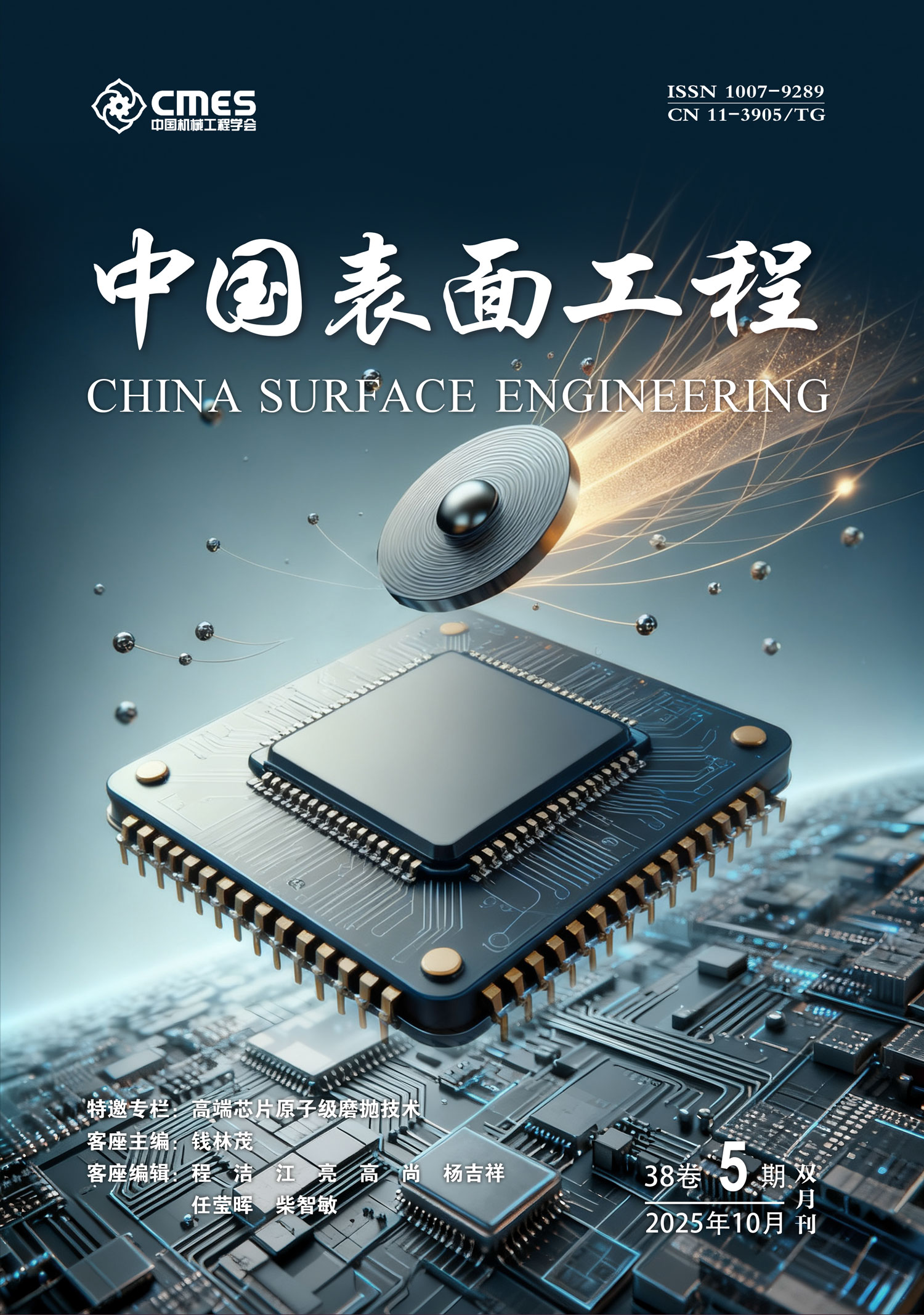JIANG Tao, LI Sining, CAO Hongbo, WANG Qianqian, HU Shengyue, XU Kangwei, CHEN Lingjie, XIE Shufeng, LI Long, WANG Zhe, TIAN Jiajia
Marine biofouling, defined as the attachment of marine microorganisms, algae, and barnacles to submerged surfaces, poses a significant threat to ships and marine equipment. Marine biofouling increases fluid resistance, reduces fuel efficiency, exacerbates structural damage, and shortens equipment lifespan. Various antifouling technologies have been developed to address these issues. Despite their effectiveness, traditional organic antifouling coatings, especially those relying on toxic biocides such as tributyltin, have been strictly restricted because of their detrimental impact on the environment. Therefore, the development of efficient, long-lasting, and environment-friendly antifouling technologies is of paramount importance. This study provides a comprehensive review of the development, mechanisms, and recent progress in antifouling technologies. It begins by introducing the formation process and impact of marine biofouling, with a particular focus on traditional organic antifouling coatings. These coatings inhibit biofouling by releasing biocides; however, their application is limited owing to environmental concerns, prompting researchers to seek alternative non-toxic or low-toxicity antifouling approaches. Subsequently, the research status of environment-friendly antifouling technologies, including fouling-release, fouling-resistant, and biomimetic antifouling technologies, is reviewed. Their antifouling mechanisms and characteristics are summarized, and the existing problems associated with each type of antifouling technology are discussed. Fouling-release coatings, which can release fouling organisms by flowing seawater owing to their intrinsically low surface energy characteristics, have been extensively studied. However, the drawbacks of fouling-release coatings, including poor antifouling ability under static conditions, poor mechanical robustness, and low adhesion strength, restrict their widespread use. In terms of fouling-resistant antifouling technologies, biofouling is inhibited by a hydration layer formed at the surface using hydrophilic materials. Although these technologies possess antifouling capabilities, they still face challenges in terms of durability, mechanical strength, and large-scale fabrication. Biomimetic antifouling technologies draw inspiration from the natural antifouling mechanisms of marine organisms, such as sharkskin microstructures, lubricating layers of pitcher plants, and natural antifouling agents. By using micro and nanostructures, liquid lubricating coatings, or natural antifouling components, these technologies can achieve non-toxic antifouling characteristics. These biomimetic antifouling technologies are both biocompatible and sustainable; however, further optimization is required for large-scale production and long-term durability. Additionally, the research status and application prospects of inorganic antifouling technologies with a focus on laser cladding and thermally sprayed antifouling coatings are summarized. Inorganic antifouling coatings fabricated by laser cladding or thermal spraying exhibit significantly superior mechanical robustness and adhesion strength to the substrate compared with organic antifouling coatings, thus being promising. The future development of inorganic antifouling coatings should focus on the fine design and regulation of their microstructures and properties. Based on a comprehensive review of the existing antifouling technologies, this study further dissects the key challenges and future development trends in antifouling research. The future development of antifouling technology should focus on the synergistic use of multiple antifouling techniques to achieve high efficiency, non-toxicity, environmental friendliness, long-term effectiveness, broad-spectrum protection, and the integration of corrosion and antifouling prevention. The development of novel intelligent antifouling technologies, multifunctional biomimetic antifouling methods, long-lasting green antifouling and anticorrosion solutions, and antifouling coatings with self-healing and self-cleaning capabilities is important for meeting diverse antifouling requirements in multiple marine areas and complex operational conditions. This study systematically categorizes antifouling technologies and provides a comprehensive overview of their mechanisms and limitations. It places particular emphasis on the development of environment-friendly and inorganic antifouling technologies, which hold the potential to address the current challenges in the antifouling field. By reviewing the advantages and drawbacks of the various approaches, this study offers valuable insights into the design and implementation of high-performance antifouling technologies. This study provides a solid theoretical foundation for future research.

